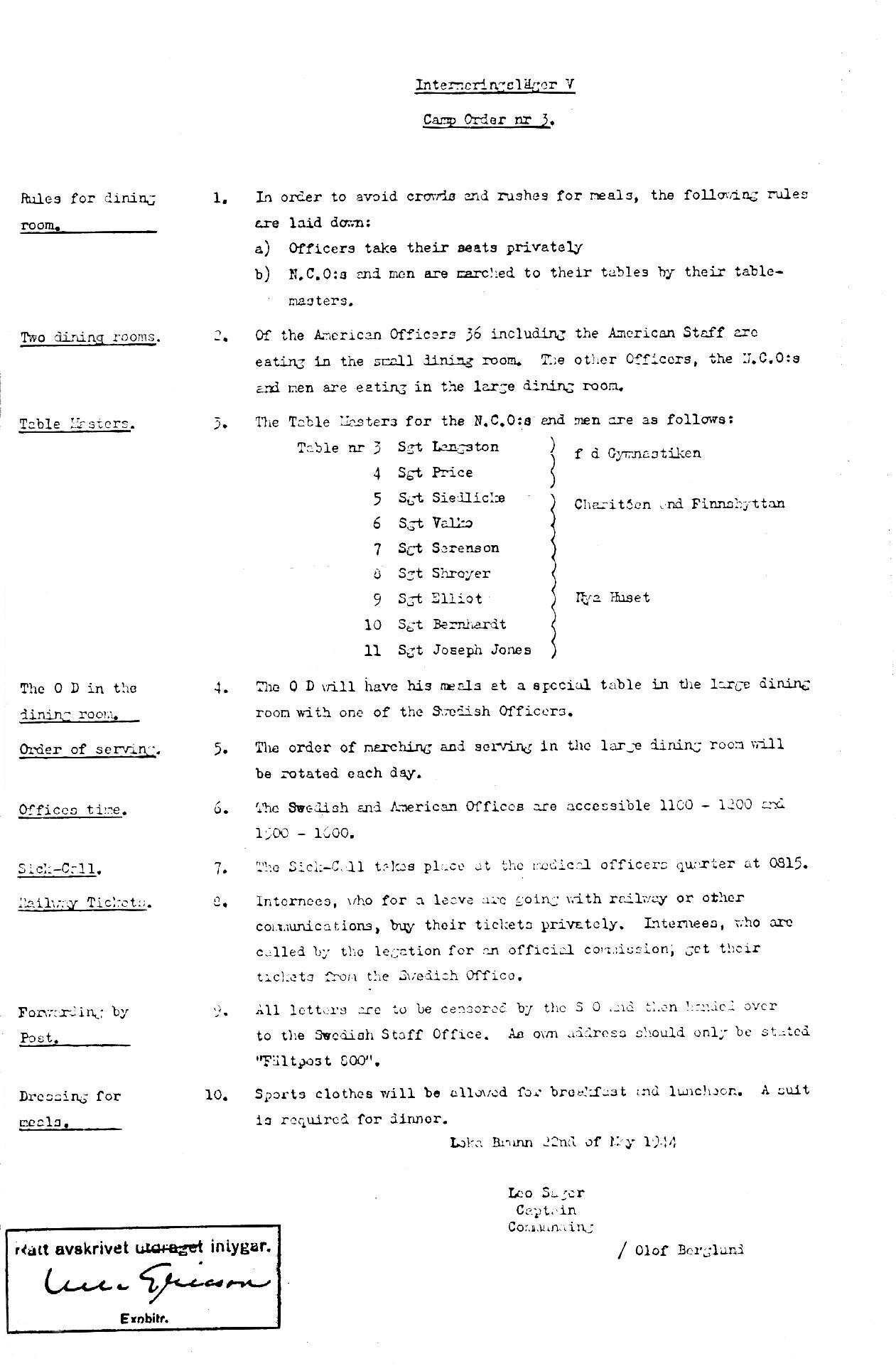Casualties, POWs, MIAs, Internees, Evaders
To look for a specific person, go to our Searchable Database.
The 95th BG suffered substantial losses of men and planes as the U.S. attempted to prove the worth of "daylight" bombing tactics. With limited fighter support at the beginning of the war, B-17's were often at the mercy of the German fighters once they crossed the English Channel.
560
77
824
177
77
167
64
362
PRISONERS OF WAR, INTERNEES, and EVADERS
All 95th Bomb Group combat missions were flown over the German homeland or Occupied Europe. On every mission, every man faced the possibility of being shot down and captured. All the bomber & fighter groups in the 8th Air Force took photos of flying personnel to be carried with each airman on combat missions so that, should they be shot down, the photo[s] could be shared with the underground for use in forging papers & passports.
In total, 823 men endured the reality of becoming a prisoner of war. This meant the loss of freedom, interrogation, humiliation, long forced marches, inhumane treatment behind barbed wire, armed guards, short rations, minimal personal and medical facilities, and crowded, cold barracks. No 95th airmen escaped from the German war camps. Had they made it outside the fence, the hostile environment surrounding the camps would have ensured their capture, or worse.
In a few cases, battered planes, unable to return to England, barely made it to the neutral countries of Switzerland and Sweden. In other cases, some downed flyers were able to cross over the border into Switzerland, avoiding capture by the Germans. All these men were interned for the duration of the war. They were not imprisoned, but were kept in secluded areas and prevented from leaving. Conditions varied according to location. In all, there were 77 internees from the 95th Bomb Group.
The following photos were taken by 334th ball turret gunner Russ Brainard while interned in Loka Brunn, Sweden. Russ’ oral history can be found here. (Photos courtesy of Lance Anderson)
Against all odds, 64 men of the 95th evaded capture after being downed. Their stories are harrowing, with some barely surviving and losing digits to severe frostbite as they made their way over mountainous terrain in winter. Once back in England, they were not allowed to return to combat because if captured on a subsequent mission, interrogation might pry loose details about the resistance movement that aided many of these evaders.
Translation: “Your war is over.”
One exception to this ironclad rule was famed fighter pilot Chuck Yeager, who evaded in the fall of 1943 with 95th BG airmen. Upon his return to England, he somehow convinced the brass to let him return to combat. On March 4, 1944, Yeager was one of the few fighter pilots who came to the rescue of the small group of 95th and 100th BG bombers making the first daylight raid on Berlin.
These brave men—prisoners of war, internees, and evaders—overcame overwhelming adversity with All-American courage, thus assuring continuing freedom for future generations whose grateful appreciation is sufficient reward.
Missing Air Crew Reports
Whenever a crew was lost on a mission, a Missing Air Crew Report was created. MACRs contained a report number, date, aircraft type, aircraft serial number, group if known, and squadron if known.

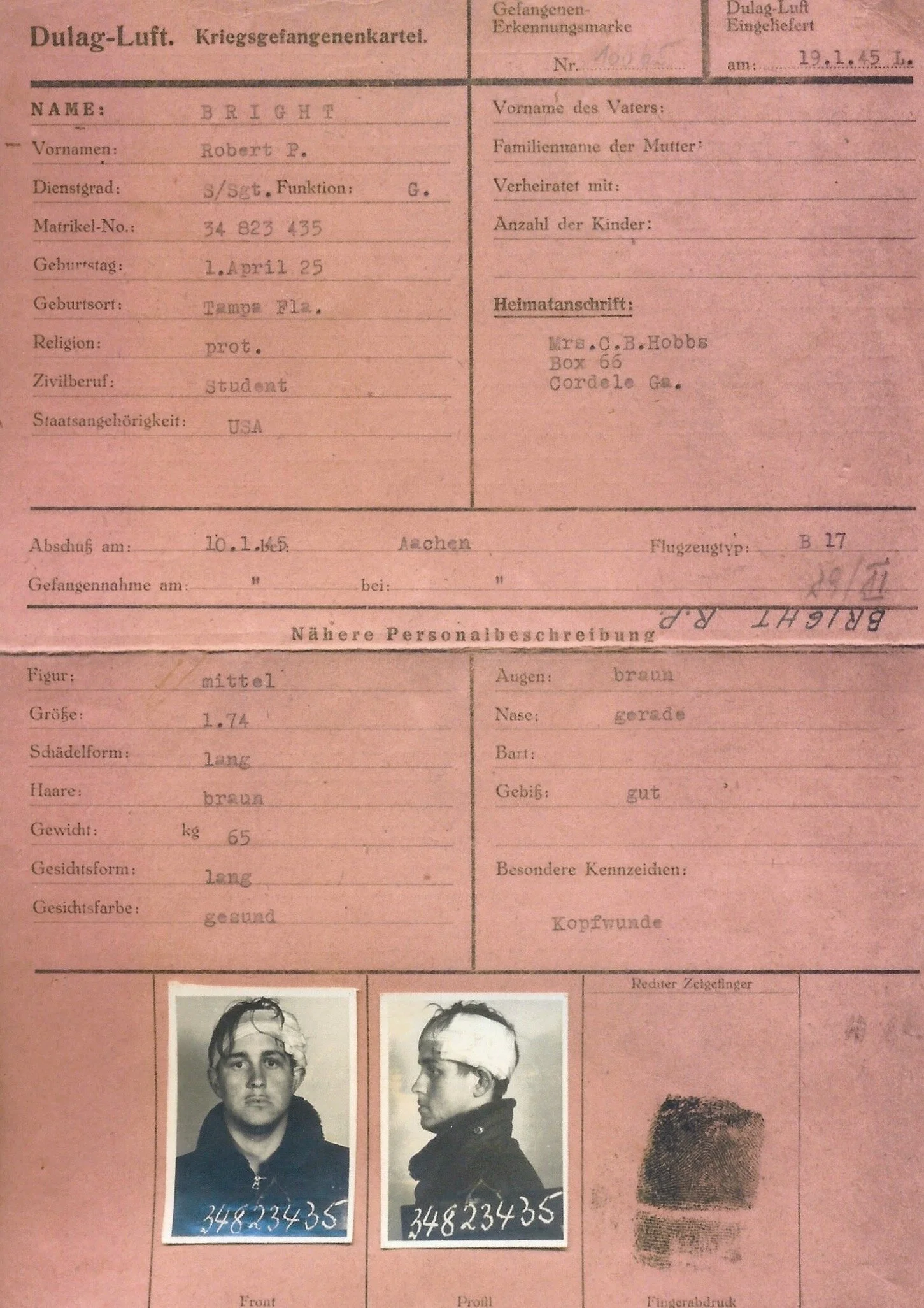
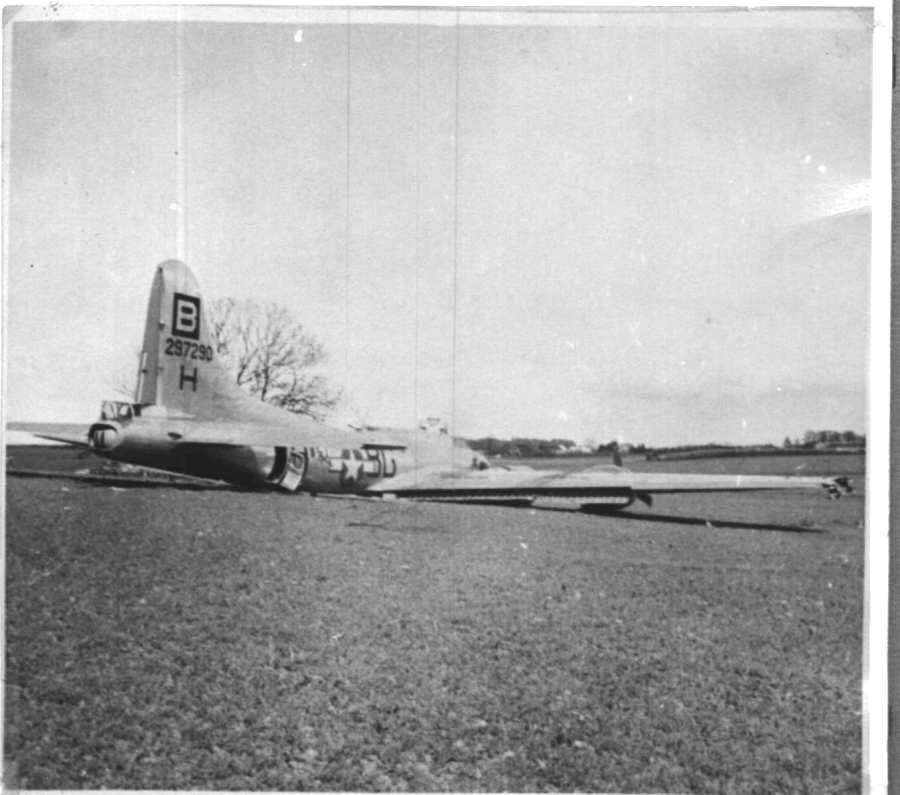


![Acrobat%20unknown[1].jpg](https://images.squarespace-cdn.com/content/v1/5c69f429d745627864a2059c/1626360502199-6JVFCWUJJ7OZYG36LJ47/Acrobat%2520unknown%5B1%5D.jpg)
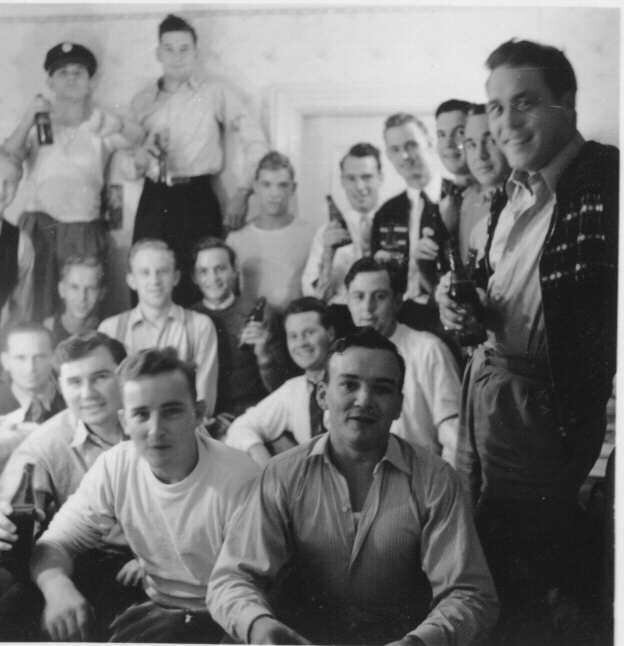
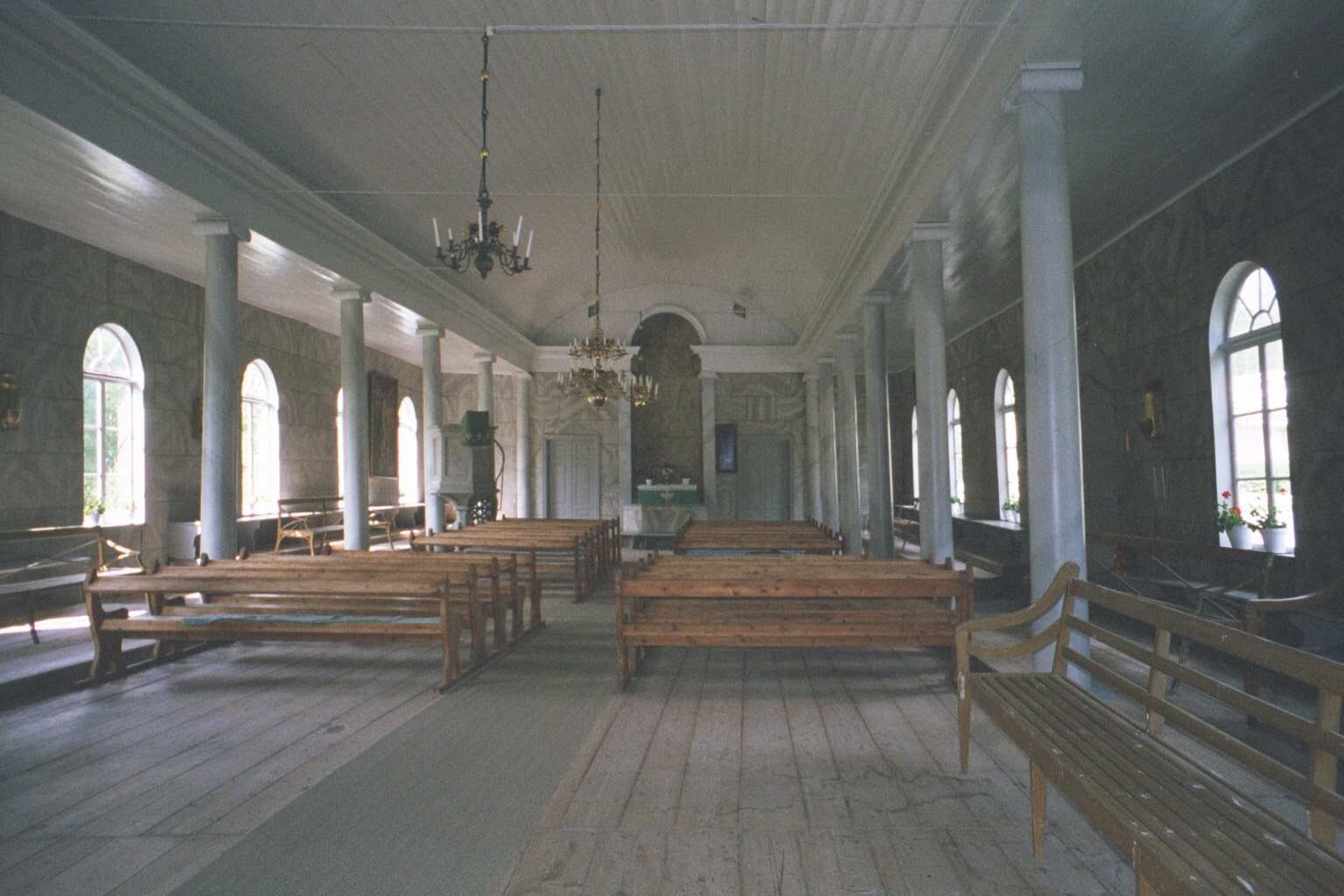
![Dads%20album%20pg%2020[1].jpg](https://images.squarespace-cdn.com/content/v1/5c69f429d745627864a2059c/1626360538935-QT8N5VZJKGFFE4HX175Q/Dads%2520album%2520pg%252020%5B1%5D.jpg)
![Loka%20Brunn%201[1].jpg](https://images.squarespace-cdn.com/content/v1/5c69f429d745627864a2059c/1626360552553-4HAP1C7W7162XT90DN5O/Loka%2520Brunn%25201%5B1%5D.jpg)
![LOKAPIC2[1].jpg](https://images.squarespace-cdn.com/content/v1/5c69f429d745627864a2059c/1626360579629-X297346VXF6BOQ6A32XF/LOKAPIC2%5B1%5D.jpg)

